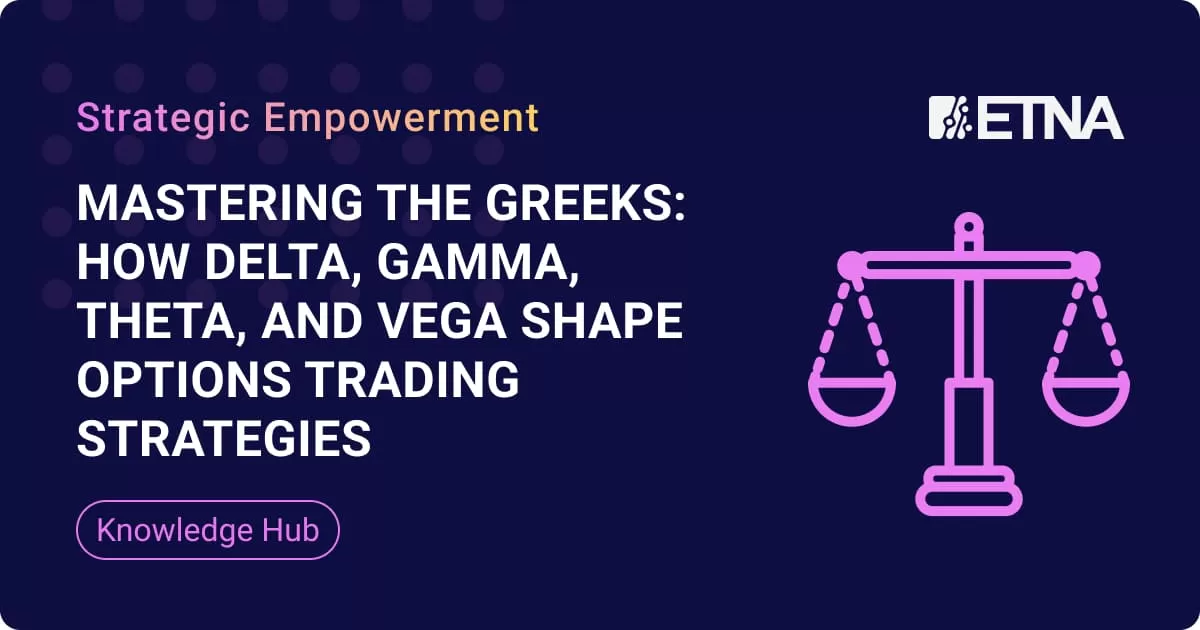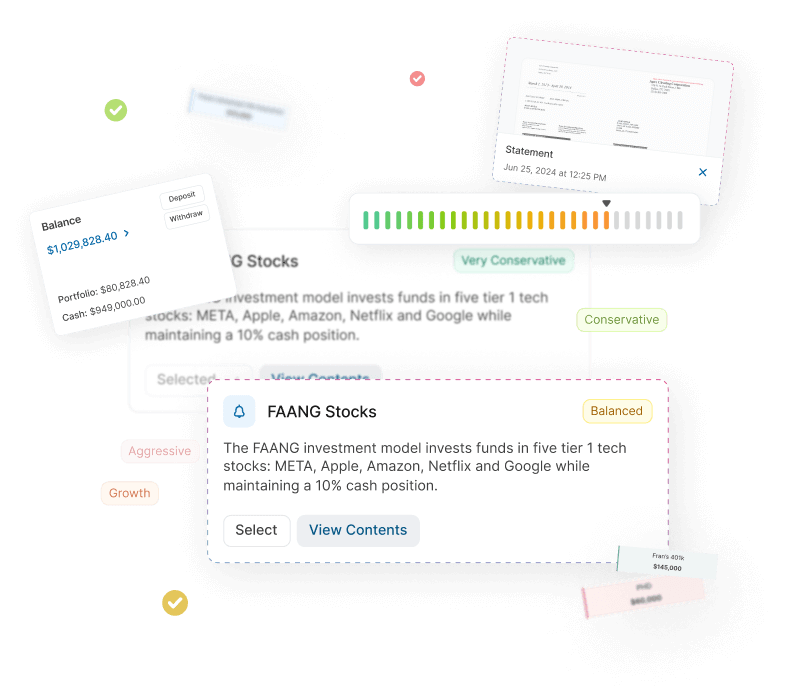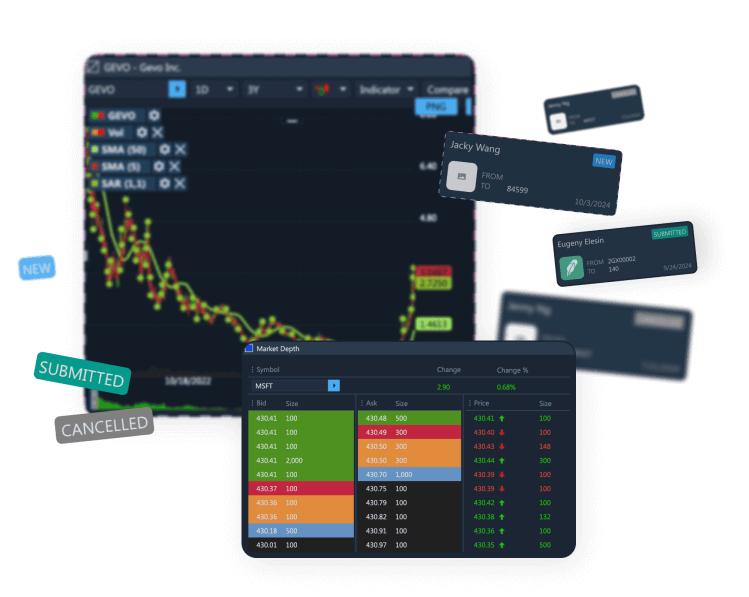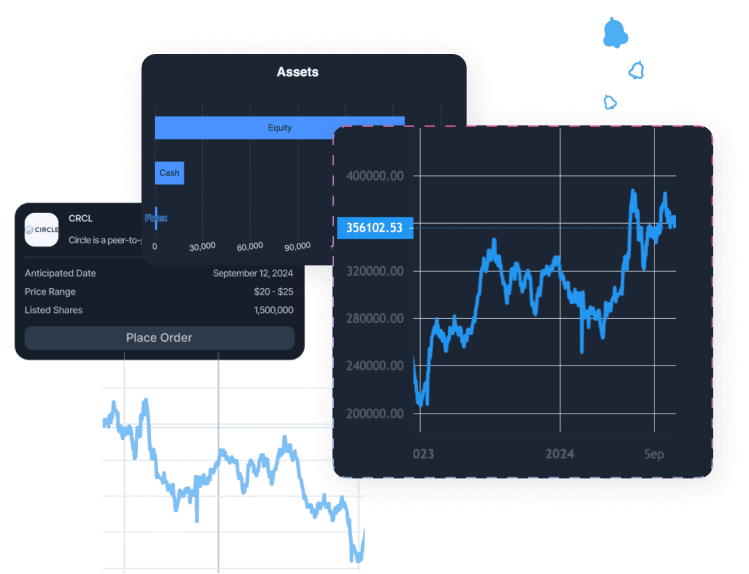
Options trading can seem like navigating a complex maze, but understanding the Greeks provides traders with a powerful compass. These mathematical tools offer crucial insights into how various factors influence option prices, enabling traders to craft more sophisticated and effective strategies. Let’s explore how Delta, Gamma, Theta, and Vega impact options trading decisions.
Delta measures the rate of change in an option’s price relative to a $1 move in the underlying asset’s price. Delta ranges from 0 to 1 for call options, while for put options, it ranges from -1 to 0.
How Delta Influences Strategy:
Strategy Example: A trader bullish on a stock might choose a call option with a Delta of 0.70, expecting to capture 70% of the stock’s upward movement.
Gamma measures the rate of change in Delta for every $1 move in the underlying asset’s price. It’s highest for at-the-money options and decreases as options move in-the-money or out-of-the-money 1.
How Gamma Influences Strategy:
Strategy Example: A trader expecting significant news might buy a straddle (purchasing both a call and put at the same strike price) to benefit from high Gamma and potential large moves in either direction.
Theta represents the daily decline in an option’s value due to time decay. It’s generally negative for long options positions, indicating that options lose value as expiration approaches 2.
How Theta Influences Strategy:
Strategy Example: An investor holding stock might sell out-of-the-money covered calls to generate income from Theta decay while still maintaining potential upside in their stock position.
Vega measures the sensitivity of an option’s price to changes in implied volatility. Higher implied volatility generally increases option prices for both calls and puts 3.
How Vega Influences Strategy:
Strategy Example: Before an earnings announcement, a trader might buy a strangle (out-of-the-money call and put) to benefit from an expected increase in implied volatility, regardless of the stock’s direction.
Successful options traders don’t view the Greeks in isolation but rather as an interconnected system. By understanding how Delta, Gamma, Theta, and Vega work together, traders can:
Consider a scenario where a trader is bullish on a stock but is concerned about short-term volatility. They might:
This approach demonstrates how understanding the Greeks allows traders to craft nuanced strategies that address multiple market factors simultaneously.
In conclusion, mastering the Greeks is essential for any serious options trader. These tools provide a framework for analyzing risk, optimizing strategies, and navigating the complex world of options with greater confidence and precision. As you develop your trading skills, continually refine your understanding of how the Greeks interact and influence your decision-making process. With practice and experience, you’ll find that the Greeks become an indispensable part of your options trading toolkit.
Ready to Master Options Trading with ETNA? Start Your Free Demo Today! https://www.etnasoft.com/paper-trading-platform/

Demo Financial Advisor Software
Manage portfolios with advanced rebalancing and real-time insights.
Access customizable client reports and streamlined compliance tools.
Designed for advisors seeking efficient client and portfolio management.


Demo Advanced Trading Platform
Test multi-asset strategies with real-time and historical data.
Analyze market depth, execute complex options, and algorithmic orders.
Ideal for refining strategies and risk management before live trading.


Demo Paper Trading Platform
Practice trading with virtual funds in real market conditions.
Simulate cash, margin, and day-trader accounts to gain experience.
Perfect for honing skills in a risk-free, customizable environment.

